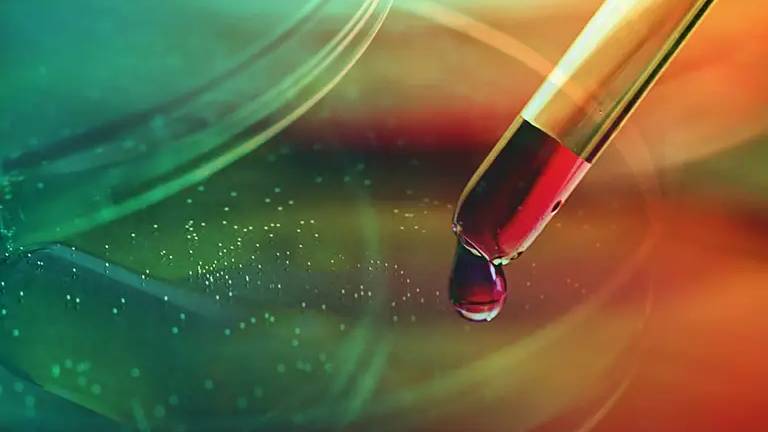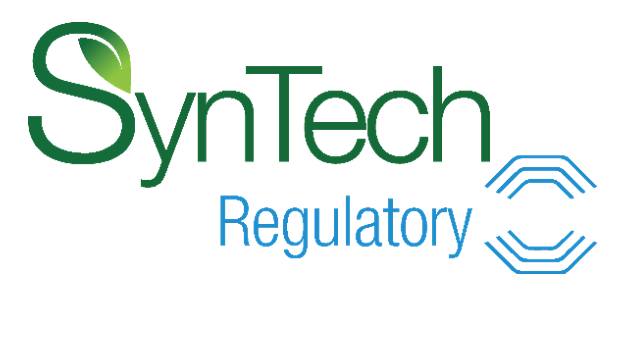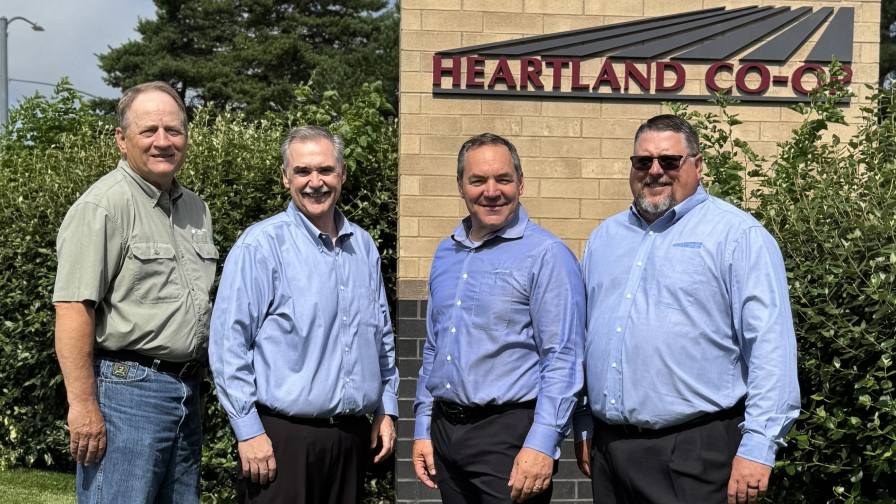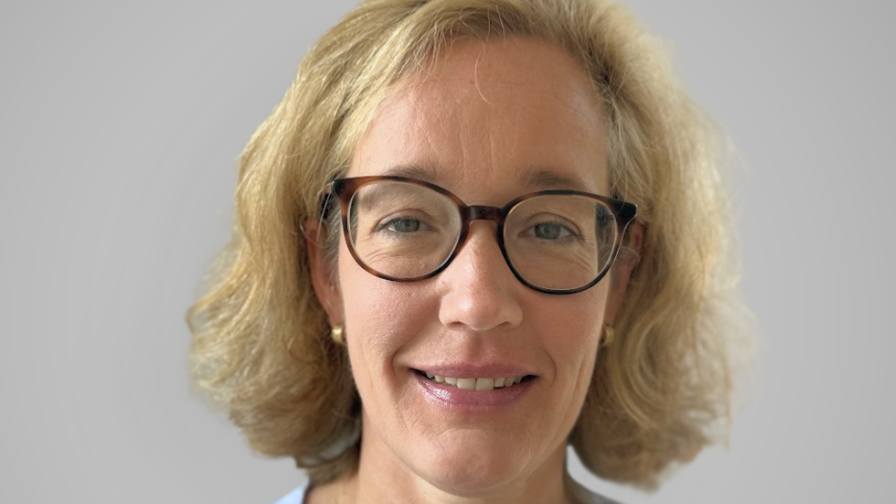BASF Crop Protection Quarterly Sales Rise 5%

Reuters reports BASF will halve its plant biotechnology work force; photo credit: BASF SE
BASF reported a 5% rise in sales in its Agricultural Solutions for the fourth quarter to $1.3 billion due to prices and volumes.
EBIT before special items rose by $23 million to $158 million on strong herbicide business in North America, BASF said.
Sales in 2015 rose by 7% to $6.4 billion, primarily on higher prices. It saw strong herbicide sales in North America as well as fungicide sales in Europe and South America, especially of Xemium. Higher prices and strong fungicide demand in Europe in the first half of the year allowed it to more than compensate for weaker demand in the second half of the year due to dry conditions in western Europe. BASF also noted that its business in Russia and Ukraine grew, despite a difficult political environment.
In the second half of the year, it offset the depreciation of emerging-market currencies by raising prices (volumes 1%, prices 5%, currencies 1%). However, price increases were unable to fully offset currency losses from the depreciation of the Brazilian real.
Over the course of the year, there were continued low prices for agricultural products and therefore a slowdown in demand for crop protection products, BASF said. In emerging markets in particular, business development was hindered by the volatile environment and depreciation of local currencies.
For 2016, the company expects continued slow market growth and high exchange rate volatility in some of its key growth markets. “Despite this difficult economic environment, we plan to increase our sales volumes, especially of innovative herbicides. Through increased sales and continued strict cost management, we aim to slightly improve sales and income from operations before special items,” BASF said.
Additionally, Reuters reported that BASF will cut half of the 700 jobs at its plant biotechnology business, slashing some early development projects in yield improvement and stress tolerance and all of its rice yield and corn fungal resistance projects.
BASF spends about $165 million per year on plant biotechnology research but has not disclosed sales or earnings figures for these activities.
Investments
In 2015, BASF invested $367 million in property, plant and equipment for its Agricultural Solutions segment. A major portion of this total consisted of investments to expand production capacities for the dicamba and Kixor herbicides, as well as the fungicide Xemium.
BASF said it continues to invest in the expansion of its capacities in Functional Crop Care, including its new research and development center for seed solutions in Limburgerhof, Germany, and the ramped-up production facility in Littlehampton, England, which strengthens its portfolio of biological solutions for agriculture and gardening.
“In order to continue meeting ongoing high demand for our innovative products in the future, we will invest around $889 million in developing and expanding our production and formulation capacities for active ingredients between 2016 and 2020,” the company said.
BASF also said that in 2016, it will apply for approval of a new fungicide that can be used in many crops around the world, and it is bolstering its insecticide portfolio with novel high-performance ingredients.






